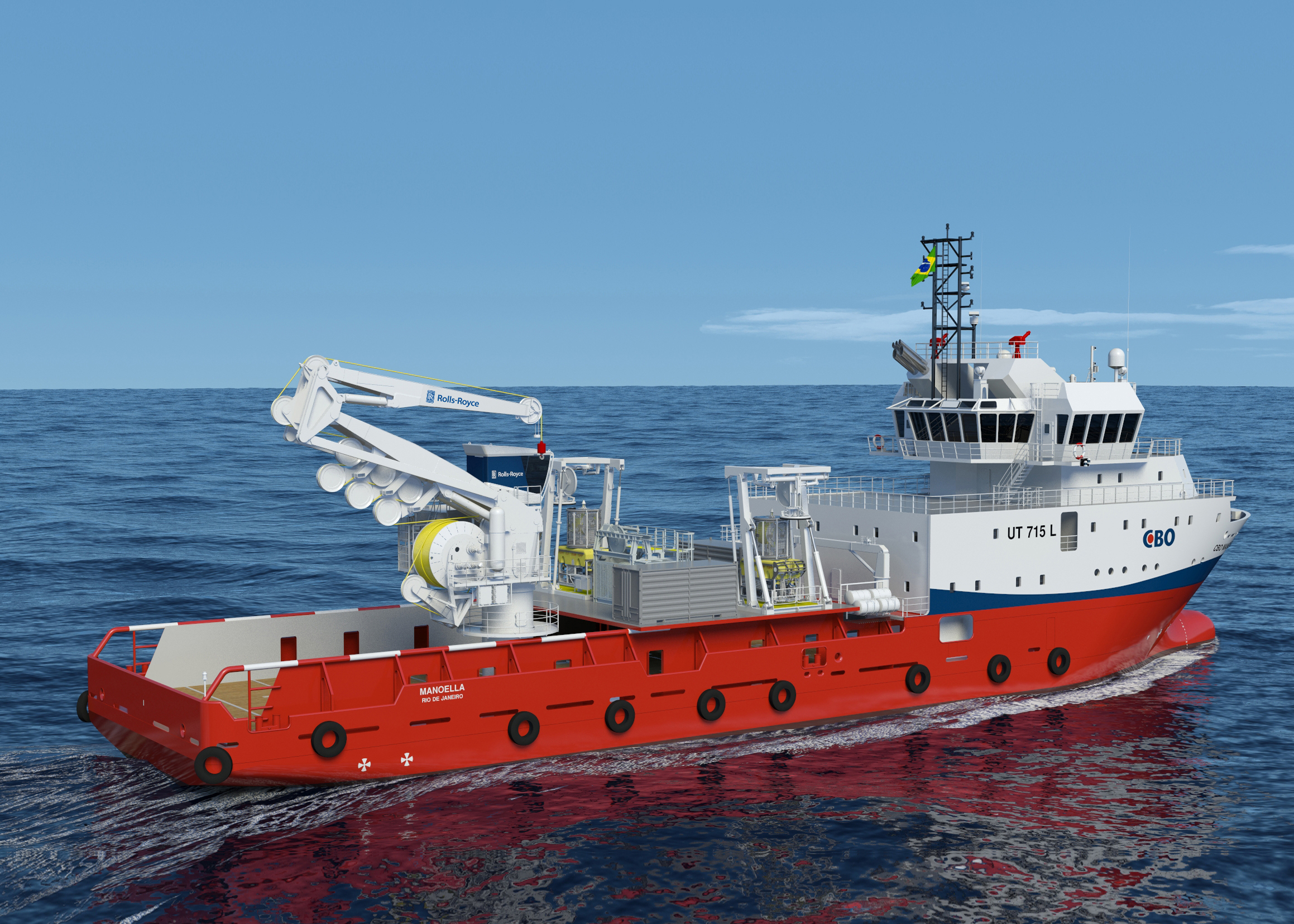
The Taskforce brings together leaders from across the maritime sector to identify practical steps to increase the number of women within the UK maritime sector, and crucially within senior roles across its shipping, ports, marine and business services industries.
Achieving a balanced workforce at all levels in the maritime sector will undoubtedly improve culture, behaviour, outcomes, profitability and productivity.
During London International Shipping Week, then Maritime Minister Rt Hon John Hayes MP called for industry to address gender imbalance in the sector. Government are represented on the Taskforce.
The Taskforce will make a series of recommendations and utilise Continue reading “Maritime UK has established a Taskforce to increase the number of women within the UK maritime sector”










